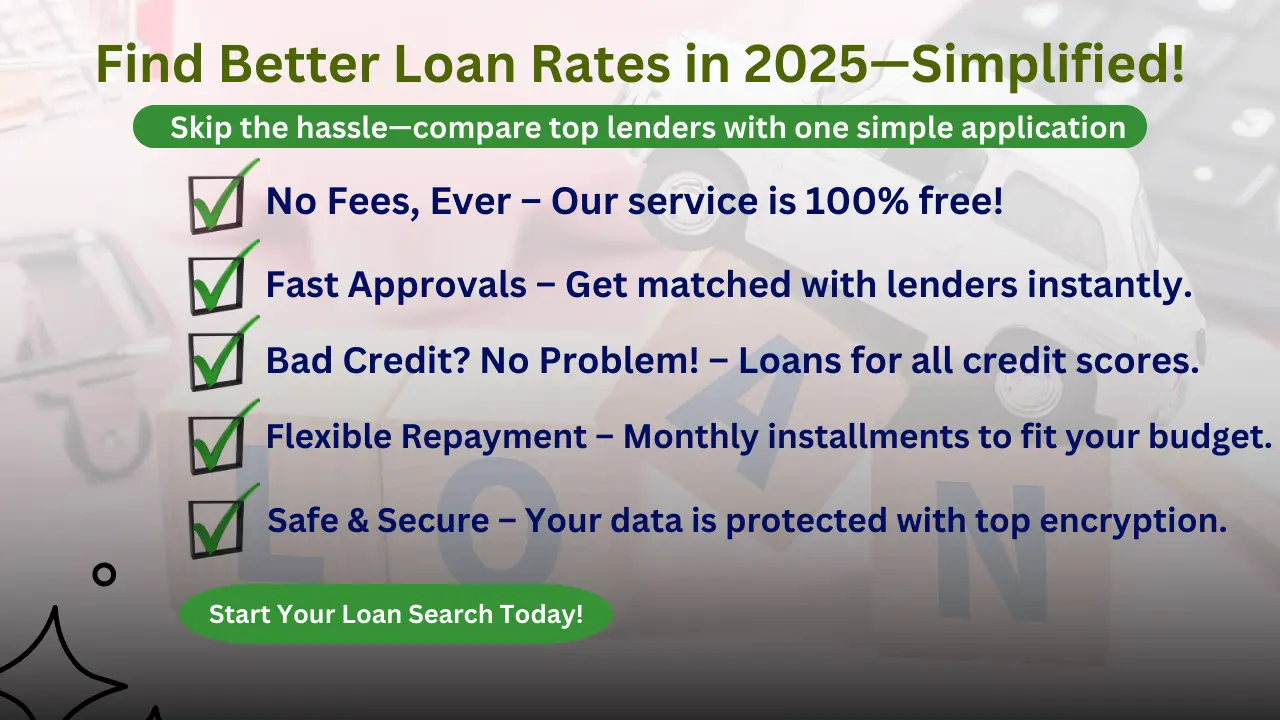Need money quickly, but confused about which loan to choose? Most people believe that cash advance loans and payday loans are the same thing. Well, they’re not. While both of them are short-term loans, some key differences that make them worlds apart.
Payday loans have very high interest rates and cash advances are comparatively much affordable. As you read further, you’ll understand how each of these loans work, and which one is better.
Understanding cash advance loans
Cash advance loans are short-term loans that allow you to borrow cash from a line-of-credit, like credit card or from a bank. You can take a cash advance at an ATM, by visiting the bank in person, or through a convenience check. Credit card cash advances don’t require credit score checks.
One of the major downsides of using your credit card to take out cash is the high interest rate. Often, interest starts accruing immediately, the moment you withdraw cash using your credit limit. You don’t earn any card rewards for doing so, and they’re not going to help you build credit.
For instance, taking out $500 through a cash advance can cost you an additional $99 over 12 months. Cash advances from credit cards are considered extremely high-risk. There is another form of cash advance—merchant cash advance (MCA). It is for businesses who wish to borrow money despite a bad credit score, in exchange for a percentage in future sales.
What are payday loans?
Payday loans are short-term, high-interest, small-dollar loans. Usually, you can’t use them to borrow more than $500. You can borrow money in a lump sum, and you need to pay it back in full on your next payday—so, 2-3 weeks. These loans only need proof of income, and a bank account.
That’s all. There are no credit checks, no collateral requirements, and no lengthy documentation processes. All of this makes the approval really quick, mostly within minutes.
However, with the ease of access comes extremely high interest rates, often crossing an annual percentage rate (APR) of 400 percent. On top of the interest, you also need to pay nearly $15-30 in fees for every $100 you borrow.
Moreover, if you’re unable to repay the loan on the due date, the lender may offer to roll over or renew the loan, which leads to a cycle of debt. You just end up paying higher and higher in interest.
Many states have banned payday loans altogether, while some impose regulations to keep you safe. You’re advised to borrow only from legitimate lenders who are licensed in your state.
Key differences: Cash advance vs payday loans
Which is better: cash advance or payday loans? Here’s a table to help you compare:
| Feature | Cash Advance | Payday Loan |
| Cost | Transaction fees plus interest charges (which start accruing immediately) | Fixed fees are charged for every $100 you borrow in your loan, interest rates are very high |
| Repayment Terms | Due with your next credit card payment/bill | You need to repay in full on your next payday (within 2-3 weeks) |
| Amount | Up to your card’s credit limit | Up to $1,000 (varies by state) |
| Credit Checks | No credit check | No credit check, but income matters |
| Credit Impact | Affects credit score negatively if credit usage is high (more than 30%) | Missed payments are reported to credit bureaus, which affects your credit score negatively |
Pros and cons of each loan type
Now that you know the basic difference between cash advance loans and payday loans, let’s dive deeper into the pros and cons of each of them.
Cash advance loans
You can get cash advances easily through your credit card or cash advance apps. As compared to payday loans, these still offer lower interest rates that may be more bearable. Especially, if you’re repaying quickly, you can save yourself from compounding the interest.
At the same time, there are some upfront fees that you need to pay. When compared with other loan options, you can only borrow lower amounts, and the interest rates are still higher than traditional bank loans, even higher than the usual interest you pay on your card bills!
Payday loans
The one special thing about payday loans is how easily and quickly you can access them. With the rise of online lenders, you can borrow at your comfort, anytime, anywhere. You’ll usually get the money you need on the same business day, which makes these loans perfect for emergencies. Moreover, there are no hard credit checks, so your credit score isn’t affected.
To bring all of that down, the interest rates are astronomically high! Fees are significant, and it is easy to fall into a cycle of debt after borrowing them. If you borrow more than you need or can afford to repay, it leads to detrimental financial consequences.
Cash advance vs payday loans: Fees & interest rates
The average APR for payday loans in the U.S. is around 391 percent. This is considerably higher than normal credit card interest rates that fall between 12-30 percent. Some states like Texas, even allow APRs as high as 662 percent for just $300!
So, if you borrow $300 for 2 months, you’ll need to pay back $465 in total. That too in full. Whereas, for cash advances the average interest rate is 24.7 percent, much much lower. Payday loan lenders also charge financing charges or origination fees about $10-30 for every $100 borrowed.
Take a look at the APRs for cash advances on different credit cards:
| Credit Card | Cash Advance APR |
| PenFed Gold Visa® Card | 17.99% (but variable) |
| PenFed Platinum Rewards VISA Signature® Card | 17.99% |
| PenFed Power Cash Rewards Visa® Card | 17.99% |
| DCU Visa® Platinum Credit Card | 12.75% – 18.00% |
| DCU Visa® Signature Cash Rewards Card | 15.50% – 18.00% |
| DCU Visa® Platinum Secured Credit Card | 15.75% |
| Chase Freedom Flex℠ | 29.24% (but variable) |
| Capital One Savor Cash Rewards Credit Card | 29.24% |
| Citi Double Cash® Card | 29.49% |
| Wells Fargo Reflect® Card | Varies greatly |
Cash advance vs payday loans: Repayment terms
Both cash advances and payday loans will approve you quickly. But the repayment terms are different. With cash advances, you’re allowed to either make the minimum monthly payment, or pay what you owe in full. With payday loans you don’t have any other option than to repay in full.
Alternatives: Title loans online
Final verdict: Which loan should you take?
We suggest that you don’t take either of these loans unless you have absolutely run out of options. Try to get secured loans from banks, and if you can’t consider borrowing from friends or family. If none of the options are working or you have a low credit score, you can consider getting a co-signer for securing lower interest rates.
However, we get it, sometimes you’re out of luck and emergencies do arise. In those times, if you really need the money, go for a cash advance. You can even get a cash advance from lenders online, who charge affordable rates. Make sure to borrow only what you need and try to repay as soon as possible to avoid accumulating unnecessary interest.
Frequently Asked Questions
There are a few thumb rules to follow whenever you’re taking a cash advance or payday loan. Borrow only what you need, never miss payments, and understand the terms before you borrow anything.
For payday loans, you need to have an active bank account, Social Security Number (SSN), income proof (bank statements, pay stubs), government-issued ID proof, & residence proof.
Payday loans are named so because you need to repay them on your next payday. So, the loan is usually due in 2-3 weeks after you borrow it.



